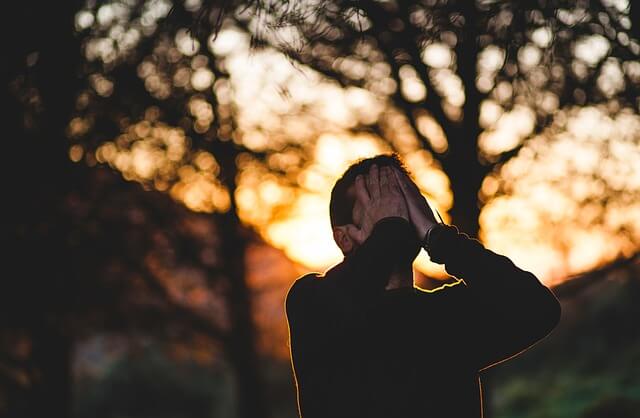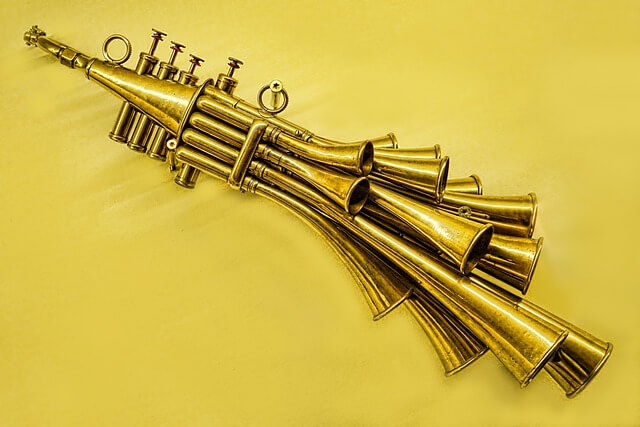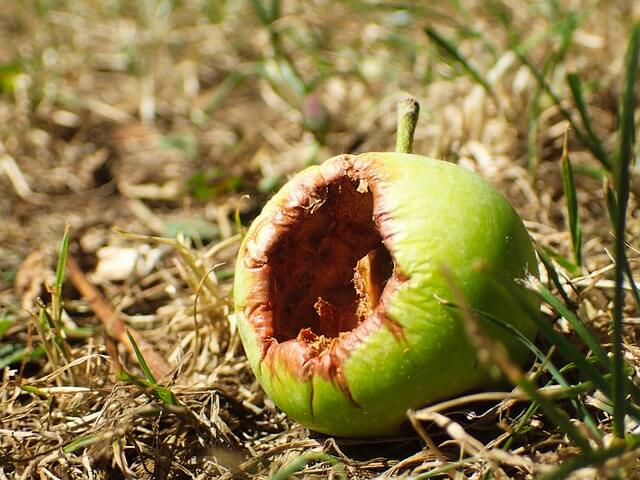The Holy Place is lined on its walls with palm trees interlaced with two-headed cherubim, each looking at a palm to their left and right. Maybe it’s just me, but I don’t tend to think cherubim and palm trees side by side. Yes, cherubim. These are powerful angels that do the Lord’s bidding. But palm trees?
And yet, there they are right in the temple. Along with some open flowers (1 Kgs 6). And these were not just on the walls but also on the supports of the inner and outer rooms. It was the cherubim and palm trees that got the gold leafing.
So where else do we see palm trees in Scripture?
Let’s take a look:
- Palm trees were at the place near the Red Sea where the Israelites crossed and there was 12 springs of water. Elam (Ex 15:27; cf Num 33:9)
- In Leviticus they are called luxurious trees (Lev 23:40)
- The shelters of the Feast of the Booths were partly made of palm trees (Neh 8:15)
- The righteous flourish like palm trees (Ps 92:12)
- Ezekiel’s temple had palm trees everywhere (Ezek ch. 40-41)
What we can gather from this is that the palm tree was highly regarded among the Israelites. While cedar was about quality and paneling of the walls of the temple, the palm tree was about beauty, flourishing, righteousness and strength. Even as it is today, it’s a symbol of luxury as well.
I’m guessing you weren’t thinking of palm trees and God when you woke up this morning. That is, unless you live on an island or along a beach.
So there you have it. The most sacred spaces and places of God are decorated with palm tree designs. Strength, flexibility, beauty, luxury, and righteousness.
Next time we see a palm tree or sit under one, may we think of the joy, beauty and the greatness of God. Let’s go there.







